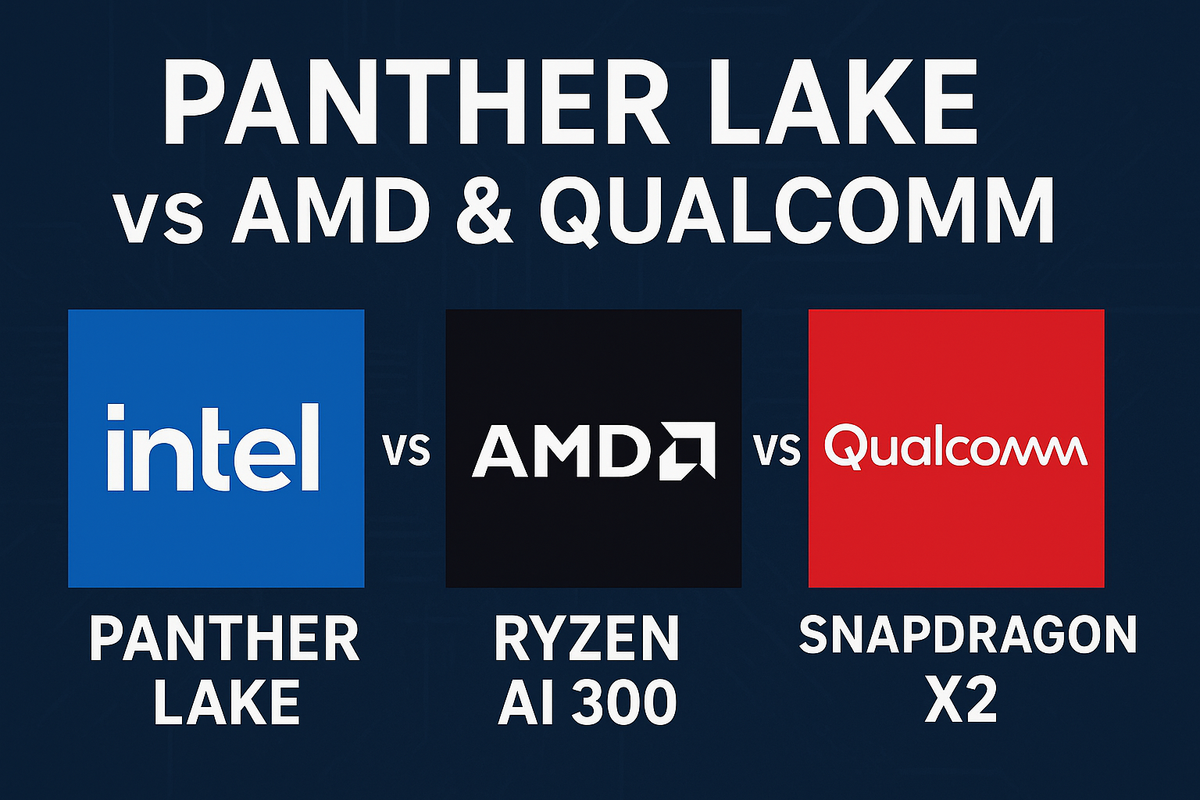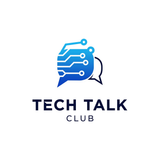Intel Panther Lake vs AMD and Apple: A Leap into the Next Era of CPUs
Intel’s Panther Lake promises huge performance and efficiency gains in 2026 laptops. But can it outshine AMD’s Strix Point and Apple’s M4 Pro? Here’s a detailed look at how Intel’s comeback chip compares.

Intel’s Panther Lake marks a new chapter for the company’s processor evolution — built on the 18A process node and promising major leaps in performance-per-watt. Expected in 2026, it’s shaping up to be Intel’s strongest response to AMD’s upcoming Strix Point and Apple’s M4 Pro. But how does it actually stack up?
1. The Core of the Evolution — Intel’s 18A Process
Panther Lake is built on Intel’s cutting-edge 18A process, introducing RibbonFET transistors and PowerVia backside power delivery. These technologies aim to close the efficiency gap that AMD and Apple have exploited for years.
Intel claims significant IPC (instructions per clock) gains while reducing energy draw — meaning higher sustained performance and longer battery life for laptops.
2. AMD’s Strix Point: AI-Ready Rival
AMD’s Strix Point, built on TSMC’s 4nm process, is set to dominate the AI PC era with its Ryzen AI 300 series. Featuring up to 12 cores and a powerful integrated NPU, Strix Point is optimized for on-device AI workloads, making it a tough competitor.
While Intel’s Panther Lake will likely match AMD’s AI capabilities, the challenge will be balancing AI inference speed with overall CPU efficiency.
3. Apple’s M4 Pro: The Efficiency King
Apple’s M4 Pro, using TSMC’s 3nm process, sets the bar for mobile efficiency and integrated GPU performance. It’s already proven its ability to handle creative workloads and multitasking with minimal heat.
Panther Lake aims to narrow this gap with better CPU and GPU integration, potentially offering MacBook-like endurance on Windows ultrabooks.
4. Performance and Efficiency Balance
Intel’s early engineering samples reportedly show double-digit efficiency gains over Meteor Lake. The improved E-core architecture, combined with the 18A node, could finally help Intel surpass AMD in performance-per-watt — an area where it has lagged for years.
For desktop and laptop users, this means cooler systems, quieter fans, and longer battery runtimes without compromising power.
5. The AI Factor
AI acceleration is where all three — Intel, AMD, and Apple — are converging. Intel plans to enhance its NPU (Neural Processing Unit) integration, optimized for Windows AI features. The company’s collaboration with Microsoft hints at a deeply integrated “AI PC” ecosystem by 2026.
6. Market Outlook
Panther Lake isn’t just about chips — it’s Intel’s chance to reclaim leadership in the PC market. If it delivers on performance and efficiency promises, Intel could finally reverse the years of dominance from AMD and Apple in premium laptops.




